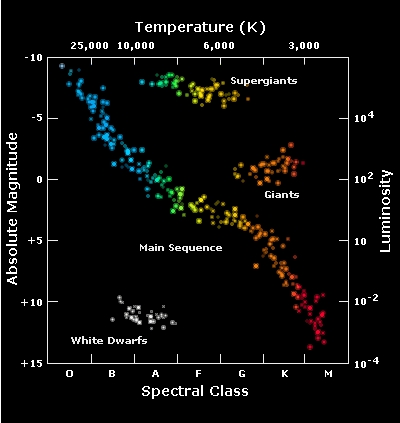Layers:
Lithosphere
Activities: Mini-Poster, BrainPop Video, Music Video
Topics: Earth’s Layers, Earthquakes, Plate Tectonics, faults, Earth’s interion, Volcanos
Earth has four layers: inner core, outer core, mantle, and crust. Crust is the layer that we live on, under the Crust is mantle; mantle is liquid, made of molten rock. Outer core and inner core is under the Mantle, Inner Core is the hottest layer.
Earthquake is cause by transform boundary and faults; if earthquake happen undersea, it may cause tsunami.
Asthenosphere
Activities: Prediction Map, Demonstration Lab.
Topics: Convection Current, Tectonic Plates.
Convection Current is the movement of the molten rock in the Mantle layer, molten rock gets heat from outer core which can rise it up, but when the molten rock reach the crust, the crust can make it cool, makes it going down, like a circle. Convection Current makes plates move.
Mantle
Activities: Photographic Evidence
Topics: Convergent Boundary, Subduction Zone, Divergent Boundary, Transform Boundary, Fault Zone, Earthquake, Tsunami, Hot Spot.
Convergent boundary is two plates come together, can create mountain. Divergent Boundary is two plates pull a part, and transform boundary is two plates slides past each other, can cause earthquake.
Critical Thinking Question:
I agree with the theory of the plate tectonics, if you look the sharps of each continent, you will find out they seems were together. At first, there was only one continent called Pangaea, after many years, Pangaea separate into several parts.
The Scientists has found the rock record in edge of two continents seems similar; this is one of many evidences of the plate tectonics; another evidence is the fossils on different continents are same, it shows there was the same kind animal live on one continent.
Reflection:
1. What did you enjoy most about this project and why?
The part that I enjoyed the most was work with other people, because I can learn and help each other.
2. What was most challenging for you during this project and why?
The most challenging part for me was to finish work on time. Because it was too many work.
3. What new skills did you learn from doing this project?
I learned how to do references.
4. Is there anything that you could have done to improve any of your work? Explain.
I will spend more time on the project. Because I feel like I didn’t have enough time to finish the project.






